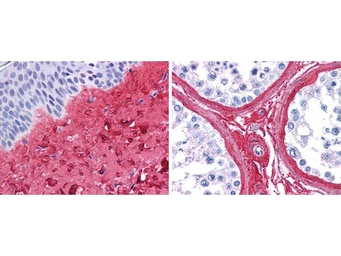Collagen III antibody (HRP)
Cat. No. GTX00777
Cat. No. GTX00777
-
HostRabbit
-
ClonalityPolyclonal
-
IsotypeIgG
-
ApplicationsWB IHC-P IP ELISA
-
ReactivityHuman, Bovine
